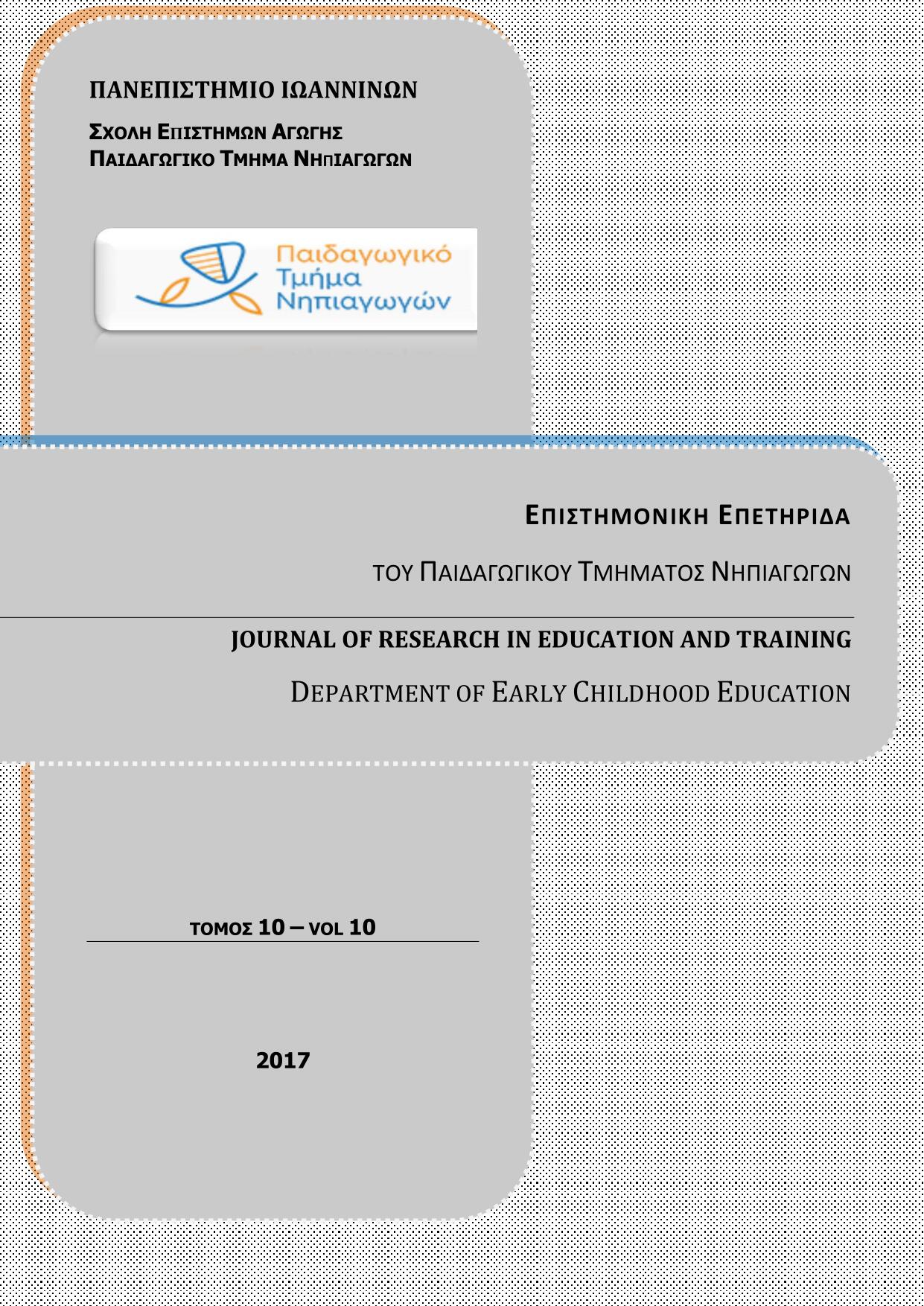Secondary education teachers' burn out and stress: the case of West Thessaloniki Prefecture

Abstract
The teacher’s profession doesn’t only consist of educational and academic process that takes place in the classroom. The interaction of many factors (bureaucratic-procedural aspects, educational changes, relations in communication) constitute a working environment that creates occupational stress. Prolonged exposure to this environment leads to the appearance of teachers’ burnout syndrome. The aim of the present study was to locate the levels and sources of teachers’ occupational stress and teachers’ burnout. Furthermore, the study tried to examine possible correlations between the basic sources of teachers’ occupational stress and the dimensions of teachers’ burnout. The sample consisted of 211 secondary public school teachers of West Thessaloniki region. The results of the research indicated that the teachers experience medium levels of occupational stress. At the same time, they expressed low levels at all dimensions of teachers’ burnout syndrome. Furthermore, women showed relatively higher levels of stress than men, in all aspects, while teachers’ burnout had a positive statistically significant correlation with all the sources of teachers’ stress as it concerns the factor of emotional exhaustion. Finally, it became clear that there is an obvious correlation between personal and social-working factors and the presence of burnout, which confirms its basic explanatory model.
Article Details
- How to Cite
-
Σπυρομήτρος Α., & Ιορδανίδης Γ. (2017). Secondary education teachers’ burn out and stress: the case of West Thessaloniki Prefecture. Journal of Research in Education and Training, 10(1), 142–186. https://doi.org/10.12681/jret.13781
- Issue
- Vol. 10 No. 1 (2017)
- Section
- Articles

This work is licensed under a Creative Commons Attribution-NonCommercial-ShareAlike 4.0 International License.
Authors who publish with this journal agree to the following terms:
- Authors retain copyright and grant the journal right of first publication with the work simultaneously licensed under a Creative Commons Attribution Non-Commercial License that allows others to share the work with an acknowledgement of the work's authorship and initial publication in this journal.
- Authors are able to enter into separate, additional contractual arrangements for the non-exclusive distribution of the journal's published version of the work (e.g. post it to an institutional repository or publish it in a book), with an acknowledgement of its initial publication in this journal.
- Authors are permitted and encouraged to post their work online (preferably in institutional repositories or on their website) prior to and during the submission process, as it can lead to productive exchanges, as well as earlier and greater citation of published work (See The Effect of Open Access).


